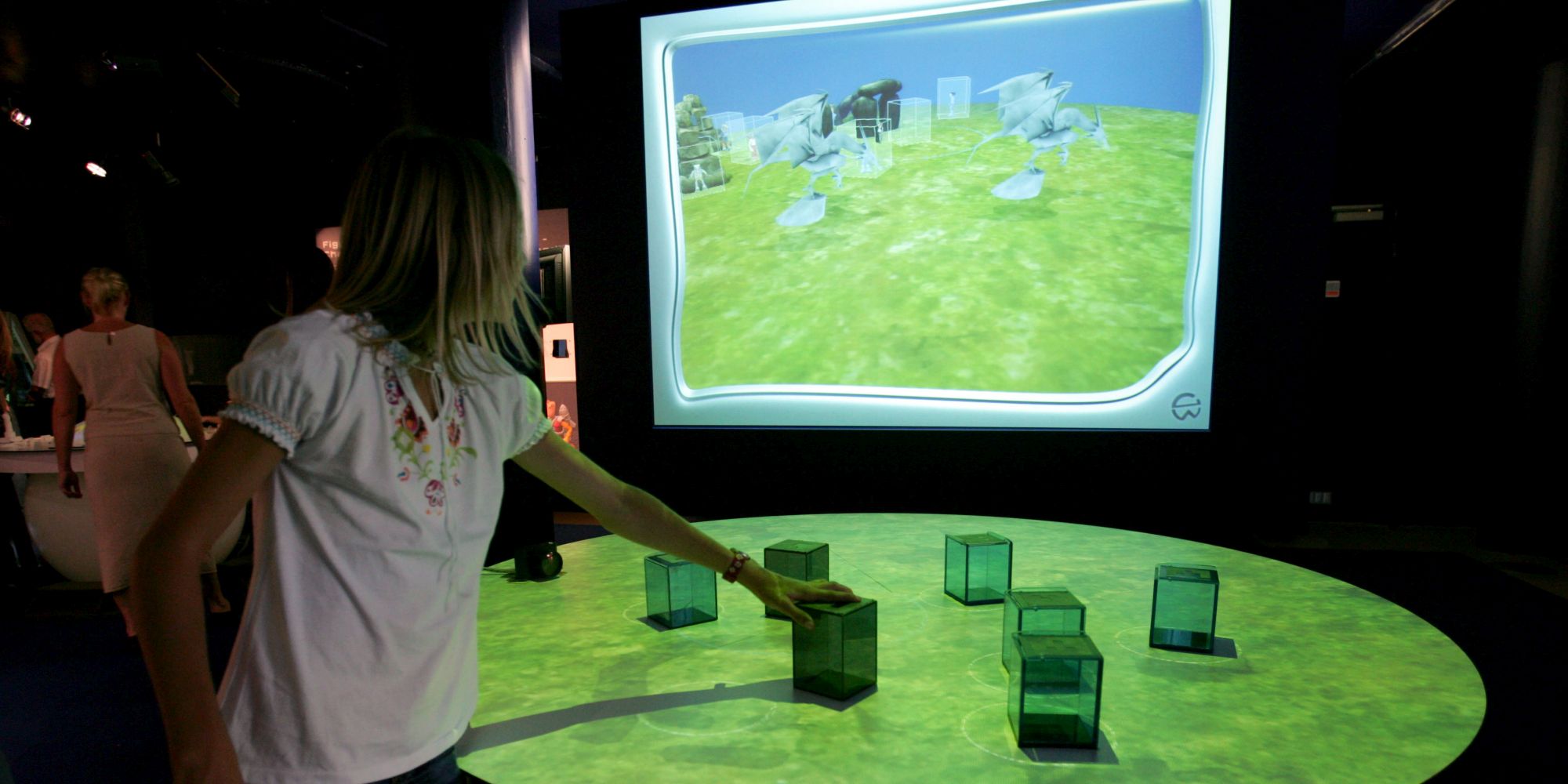2004
Gulliver’s World

A multi-user mixed-reality system that enabled visitors to design the artificial world and its components themselves. Intuitive editors made it possible to individually customize and repeatedly reconfigure the environment.
Alchemists involved in this project
Robert BognerMartin BrunerStefan FeldlerPeter FreudlingThomas GrabnerRudolf HanlRoland HaringHorst HörtnerAndreas JalsovecHirokazu KatoDaniel LeithingerChristopher LindingerPascal MareschChristian NaglhoferDietmar OffenhuberChristine PilslRobert PraxmarerRobert PriewasserGerfried StockerMartin SturmTheodore WatsonNina Wenhart